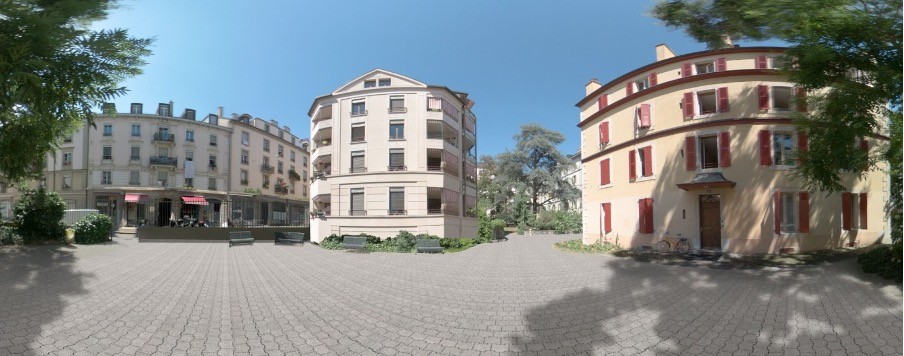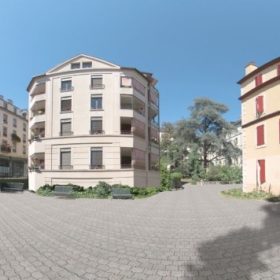
Cities attract people of diverse origins, religious practices, socioeconomic status, and everyday practices. As a result, urban planning is challenged to respond adequately to this demographic heterogeneity. These urbanization processes highlight the importance of placing difference at the centre of the urban planning agenda.
Difference-Oriented Urban Planning (DiffUrb) is a project investigating the concepts and practices adopted by cities to deal with pluralism and to develop new approaches to planning oriented to the inclusiveness of differences. Contemporary urban planning has been criticized for inadequately dealing with the complexity of present-day societies. Planning for difference has been on the agenda of urban planners as ‘multicultural planning’ since the mid-twentieth century. However, this has led to a focus on ethnocultural diversity, failing to account for intersectional identities and countless everyday practices. Furthermore, planning practices have been shaped by normative ideas, reinforcing inequalities and homogenizing minority groups. An equity-oriented approach allows considering the specific needs of different population groups and minorities and facilitates their empowerment. Studying urban development requires considering the potential effects that can lead to obscuring inequalities and marginalization. The purpose of the project is to put differences at the center of the urban planning agenda to generate a comprehensive understanding of the challenges and prospects of cities of the XXI century.
«Measuring the City of Differences»
In light of the complexity of urban societies, interdisciplinarity is key in the DiffUrb project. It unites the knowledge of many disciplines including sociology, history, landscape, urban and transport planning, engineering, and informatics. The idea of this aggregate is to focus on the problem rather than on the discipline. A particular task of the DiffUrb project is «measuring the city of differences». This challenge is tackled through a large-scale online survey completed by 4’000 people, as well as a virtual reality experiment measuring affective responses to urban environments through physiological measurements (electrodermal activity). The representative survey covers a range of questions regarding differences in lifestyles, mobility, perception of qualities of places, place attachment, and spatiotemporal behaviors. The experiment assesses place qualities in urban environments, in particular affective responses to urban green spaces and biodiversity.
From differences in living conditions to differences in spatiotemporal uses of the city, the project brings together various disciplines allowing us to understand the many facets of differences in urban planning.
Heidi Baumann is a doctoral candidate at the chair of Planning of Landscapes and Urban Systems (PLUS) at ETH Zürich, researching affective responses to urban environments through physiological measurements (electrodermal activity) in virtual reality experiments.
Benjamin Gramsch is a doctoral candidate at the Institute for Transport Planning and Systems (IVT) at ETH Zürich, researching the importance of the social environment on the spatiotemporal uses of the city, and its impacts on segregation dynamics.
